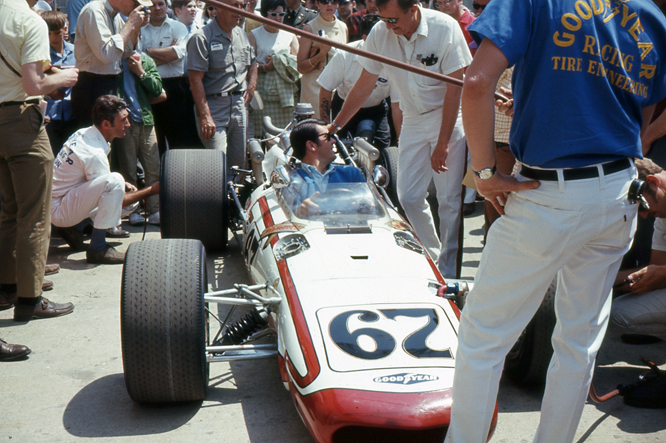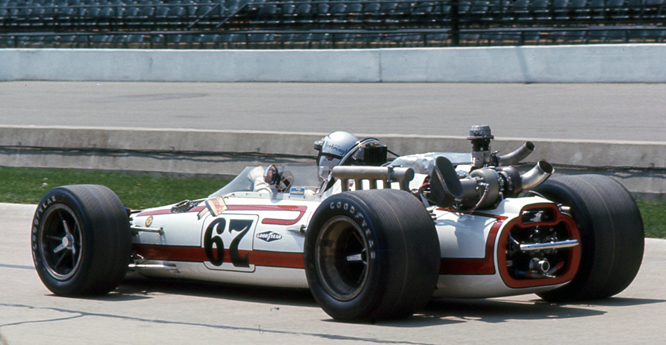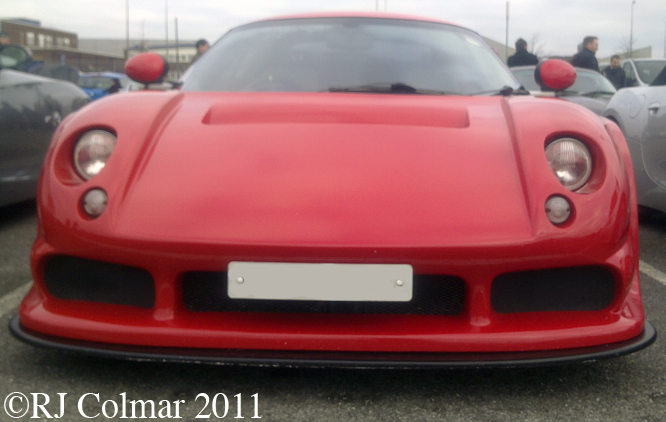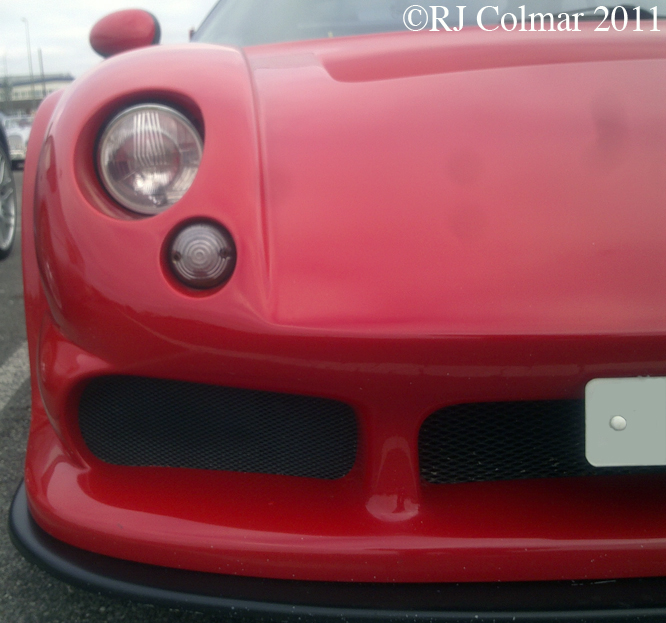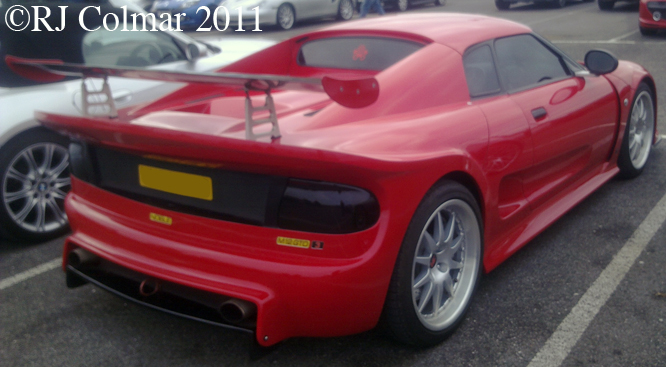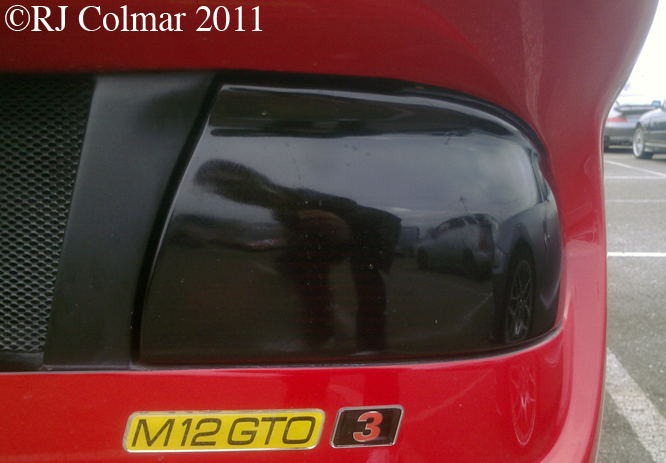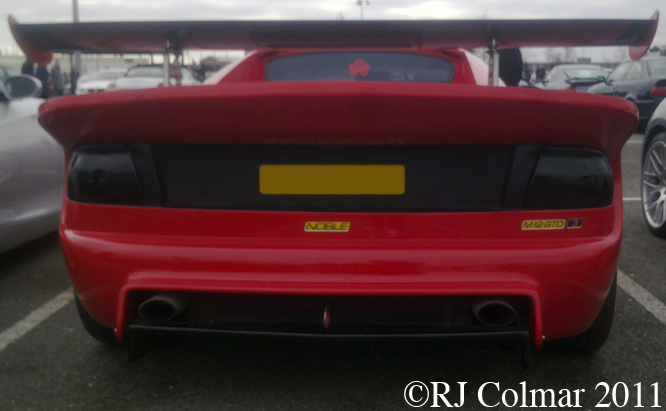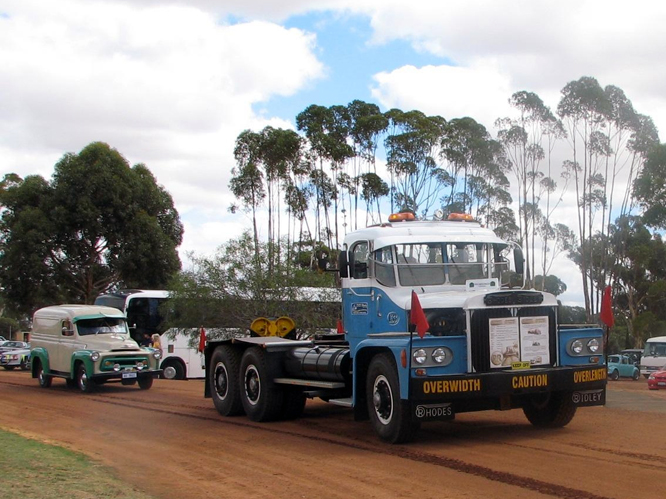Continuing GALPOTS potted history of the Indianapolis 500 Ed’s photos shown here today were taken in 1969, when Ed Arnaudin took the opportunity to get good and close to the Jim Robbins team again.
The driver of the #67 Eagle Ford is Lee Roy Yarbrough, not related to Cale Yarborough, from Jacksonville, Florida.
Lee Roy is said to have won his first race at 19 at a local dirt track and progressed through the NASCAR Sportsman Division with 11 wins and onto Modifieds where he won 83 features in 3 years.
On reaching the top Grand National Division, today called Sprint Cup he won 14 races from 198 starts over 12 years. His best season was 1969 7 wins, including Darlington, Charlotte and both races at Daytona, from 31 starts in the seasons 54 races. Many retirements due to engine failure kept him out of the title hunt won by David Pearson.
Lee Roy made just three starts in the ‘Indy 500’ in ’67 ’69 and ’70 his best finish was in 1970 when he completed 107 laps and retired with turbo failure and was classified in 19th place.
His career, as were several others,was adversely affected by the withdrawal of Ford from competition and Yabrough disappeared from NASCAR after failing to secure a ride for the Daytona 500 in 1973, he was eventually admitted to a mental hospital where a fall inflicted a fatal traumatic brain injury aged 46.
Jim Robbins turned up at the Brickyard in 1969 with three vehicles the #10 and #27 Vollstedts and the #67 Eagle Ford Mk 2, seen here, a design inspired by UK free lance design consultant Len Terry. This vehicle appears to be one of several built in 1968, though at this stage I do not know it’s exact history prior to the 1969 race.
After Denny Zimmerman failed to get the #67 up to speed in 1969 Lee Roy Yarbrough moved over from his ride in the #27 Vollstedt to qualify 8th for the Indy 500, during the race a turbo pipe broke sending him into retirement and a final classification of 23rd.
All of Jim Robbins 1969 entries were powered by turbocharged Ford engines, a turbocharger had first been used at Indy in 1952 on the Cummins Diesel.
With the arrival of the normally aspirated 4,195 cc / 255 cui Ford V8’s in 1963, several Offenhauser powered teams turned to supercharging smaller 2,752 cc / 168 cui motors to remain competitive in 1965, following the lead set by Novi some years earlier.
A couple of Offenhauser powered vehicles had mechanically more efficient turbochargers fitted to these smaller motors in place of the superchargers in 1966. Bobby Unser drove his Eagle Offy to the first turbocharged victory at Indianapolis in 1968.
In 1969 Ford also went the smaller capacity turbocharged route and only three cars in the 33 car field of ’69 did not have smaller 168 cui engines with turbochargers fitted.
Note how the large turbocharger air intake on the left rear of the #67 is rearward facing so as to avoid the problems experienced by the Cummins Diesel turbocharger in 1952 which sucked up so much debris from its front facing turbo air intake that the turbines terminally failed on lap 40.
I’d like to thank Steve Arnaudin for scanning today’s photographs and Amphicar at The Nostalgia Forum for his help in identifying the car.
Hope you have enjoyed today’s Len Terry inspired edition of ‘Gettin’ a lil’ psycho on tyres’ and that you’ll join me again tomorrow. Don’t forget to come back now !

